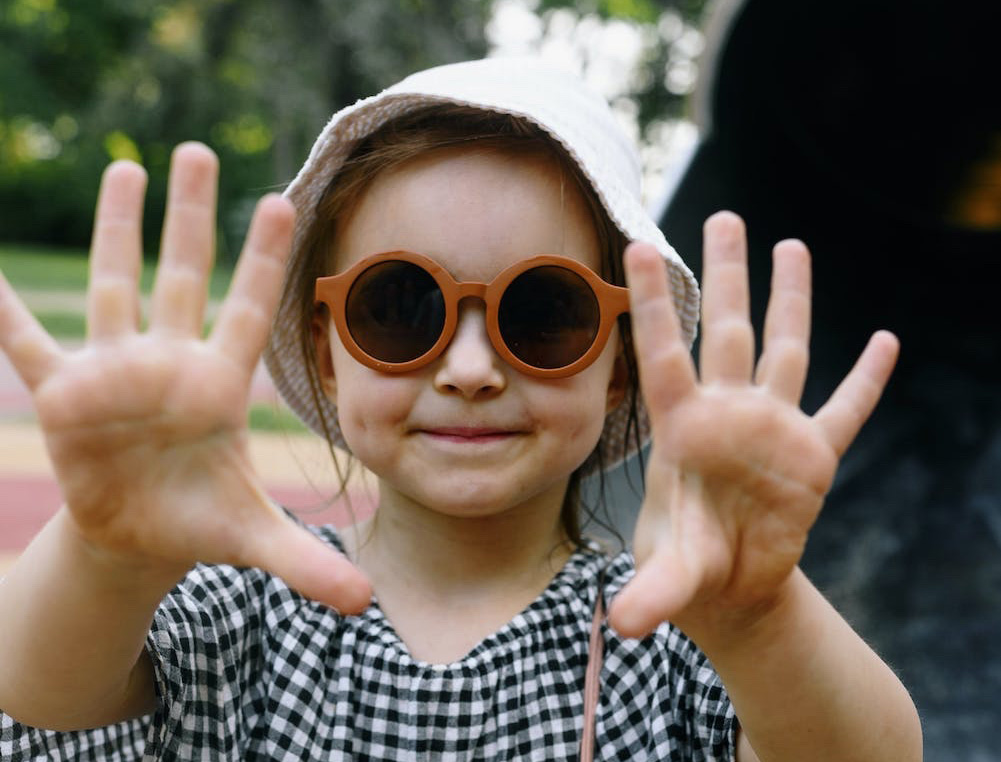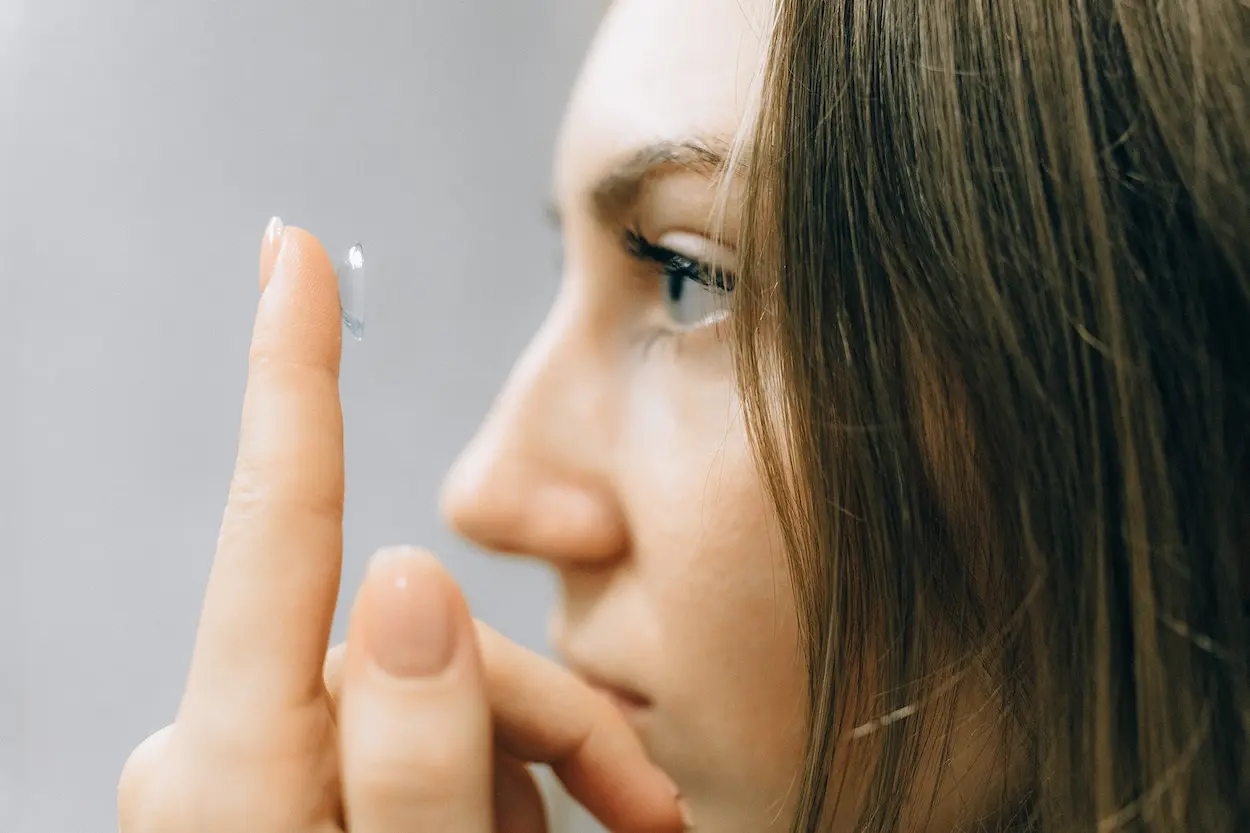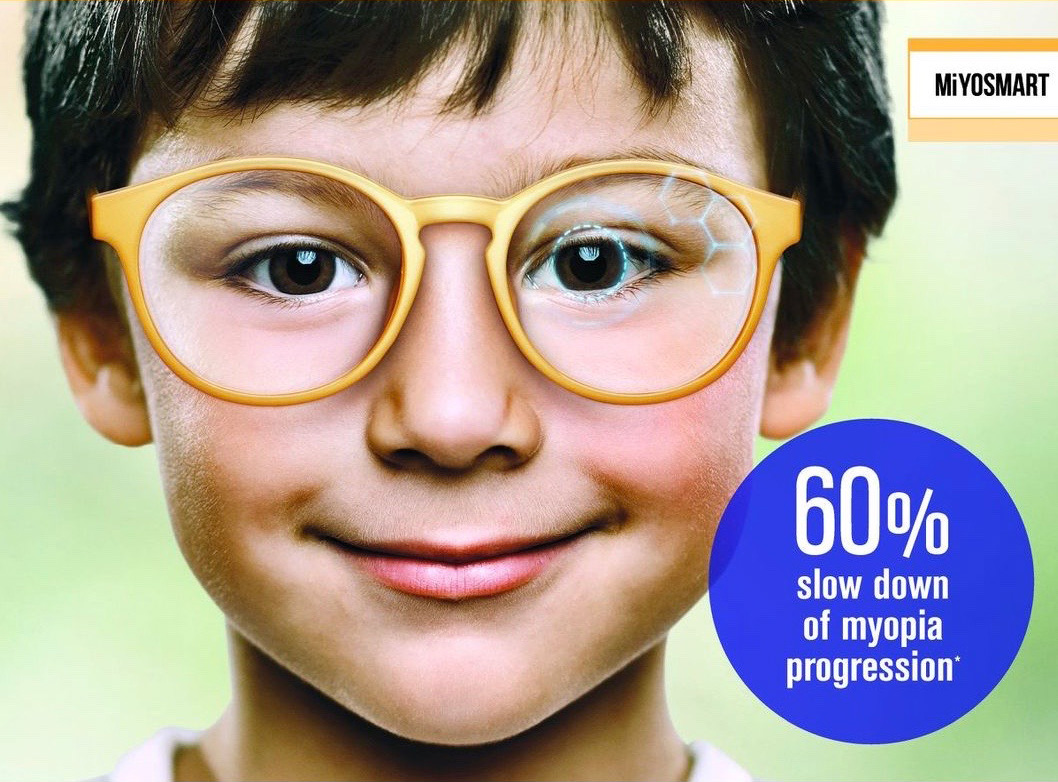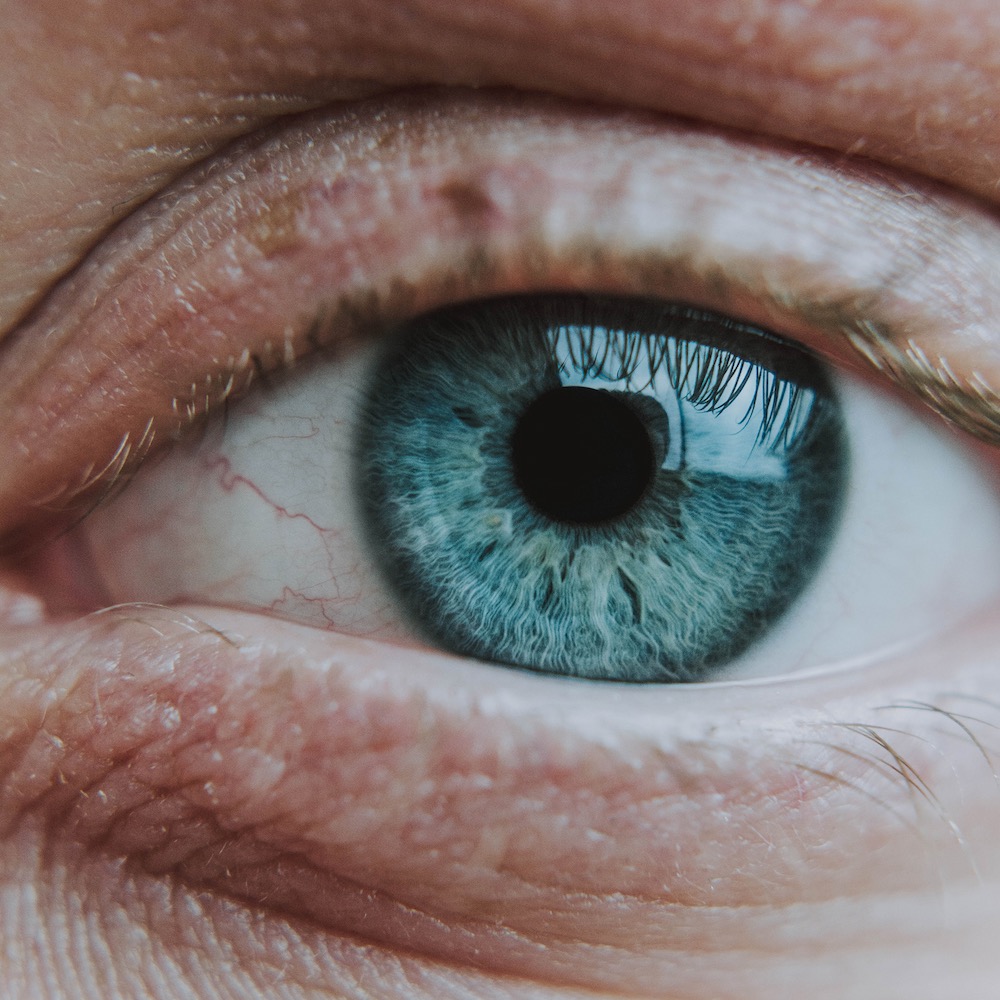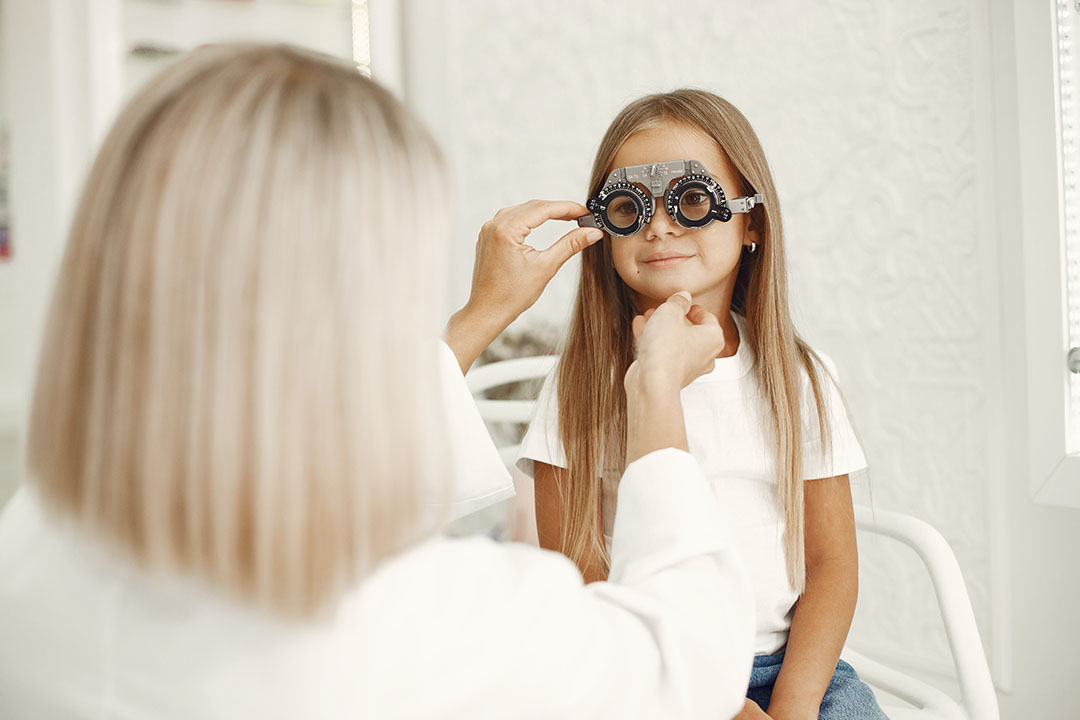Three Signs Your Child Needs Eyeglasses
One of the first things children will tell me after they get their first pair of eyeglasses is, “I never knew the leaves on trees looked like that! They looked like green blobs.” I pleasantly smile and reply, “We don’t know, until we know.”
This is why it’s so important to bring children in for annual eye exams, beginning at 6 months of age. Yes, we do check babies eyes! Children do not know what normal vision is supposed to look like. As they grow, they learn, and 80% of learning is visual. Without annual eye exams, vision problems can go undiagnosed and impact academic and social success. Here are 3 signs your child may need eyeglasses.
1. Avoids Reading
Children who are farsighted (hyperopic) experience blurred vision when performing near activities, such as reading. When they do read, they often express eye fatigue or eye strain. Many will even try to avoid reading all together. Sometimes this can delay your child from reading at their recommended grade level or even be confused with poor behavior.
An eye exam can help you find out if your child has farsightedness. With their first pair of eyeglasses, reading can become an activity your child looks forward to!
2. Holds Objects Too Close
Children who are nearsighted (myopic) experience blurred vision when performing distance activities, such as looking at the white board. They often squint or try to move in closer. If your child is anything like I was, they’ll find a kind friend to copy notes from rather than admit they may have a vision problem.
During my first eye exam I was told I had nearsightedness and I reluctantly selected my first pair of eyeglasses. It was amazing that with them on, I could continue to sit in the back of the classroom and see the whiteboard clearly all on my own. These days kids come in wanting glasses ![]()
3. Trips Over Objects
Children who have astigmatism often trip or bump into objects in plain sight. Many parents will not think anything more than “Aww, what a clumsy kid.” However, sometimes this misjudgment in distance can be caused by a vision problem. My team member often shares the story of when her mom asked her older sister to point to her nose; her sister missed her mom’s nose and landed on her cheek. It was not until her sister’s first eye exam that she found out she had astigmatism and her mom was stunned.
Book an Appointment Now
You can help your child see their way to better academic and social success. Remember it’s never too early or late to bring your child in for their annual eye exam. You can be the reason your child can see the colors of life and the beauty it has to offer.
Disclaimer: This blog is not intended to be used for diagnosis or treatment. Anyone experiencing an eye health condition should consult their eye care professional.



